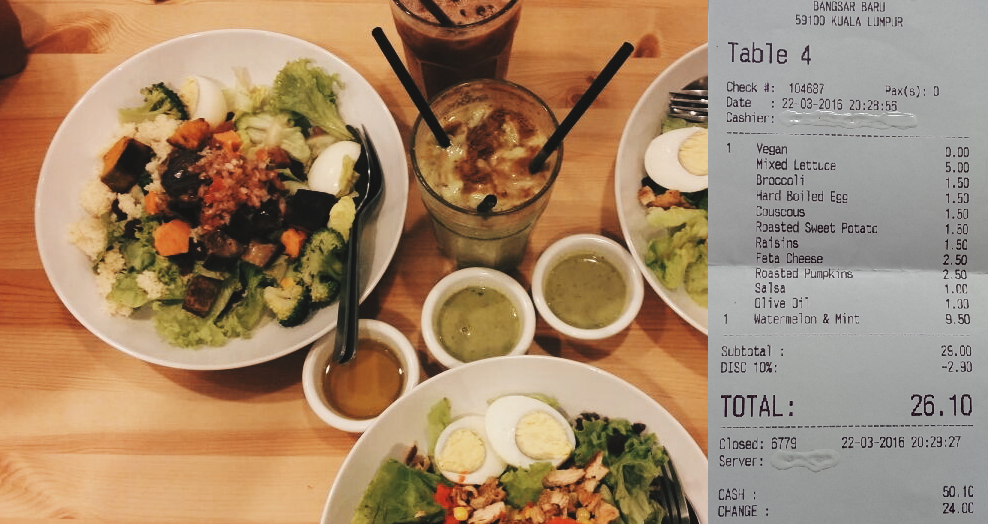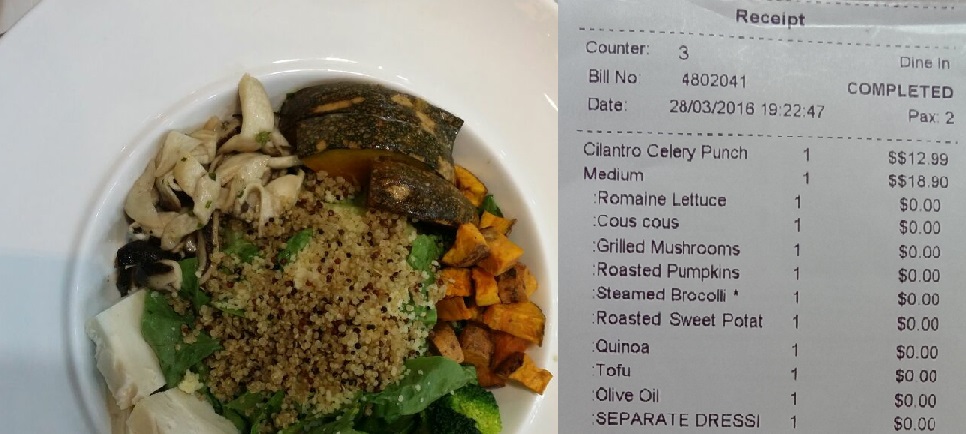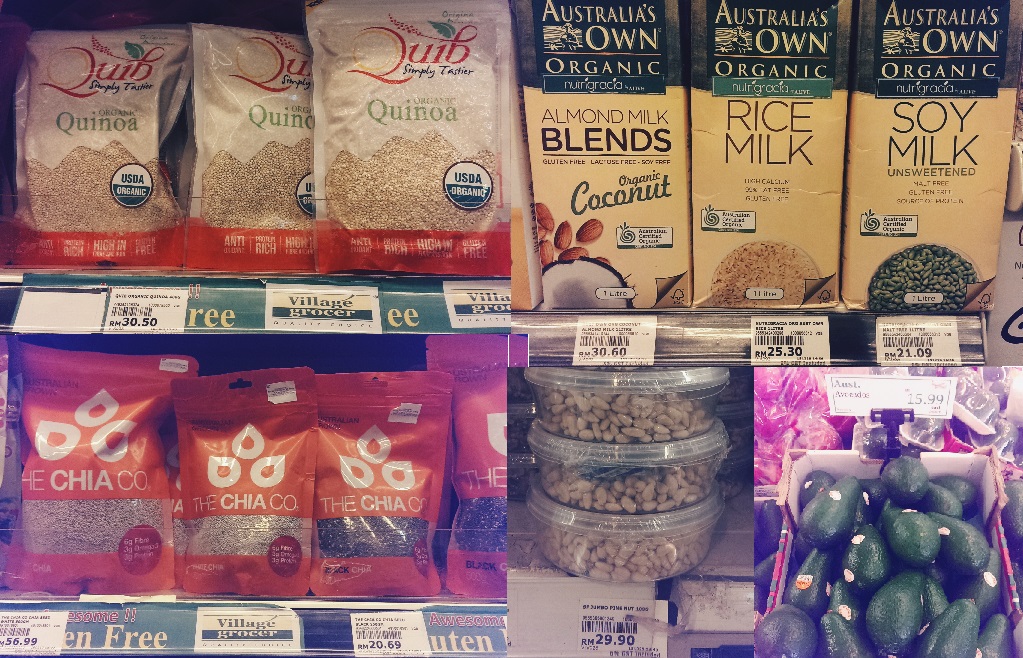Why is it so difficult to eat healthy in Malaysia?!
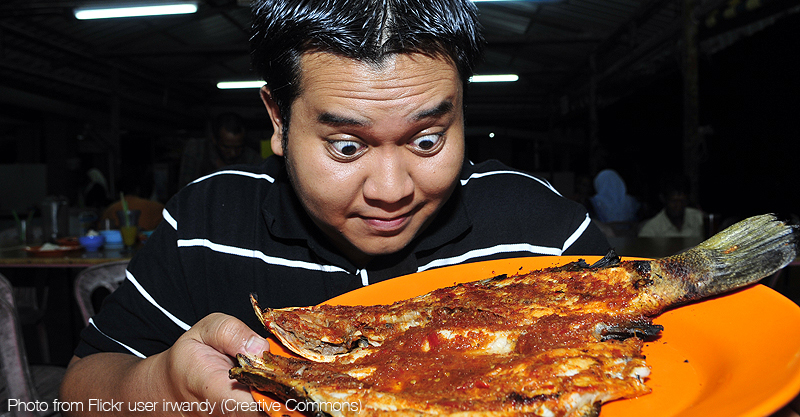
- 1.1KShares
- Facebook950
- Twitter8
- LinkedIn6
- Email15
- WhatsApp75
Malaysians are not a healthy bunch and it’s something we can all relate to. Regardless of how close our destination seems to be it is always “too hot to walk lah”, and we end up driving instead of working our muscles. Then there’s the lure of delicious food everywhere we look. Cheap, oily and sweet food can be accessed on a whim throwing our judgement off course.
Plus, sugar is cheap in our country, making it a common addition in the food we consume both at home and outside. One too many pisang gorengs later with little or no exercise resulting from a sedentary lifestyle, it is not surprising how packing on the pounds can be inevitable as age catches up and our metabolism takes a dip.

This study, dated 22nd Jan 2015, shows that the majority of South East Asian countries have an obese population of approximately 0-5%. Alarmingly, Malaysia stands out with approximately 10%.
Thankfully, an increasing number of Malaysians these days are becoming health conscious and beginning to hop onto the healthy bandwagon by resorting to healthier eating habits. There is a surge of healthy food joints mushrooming around the Klang Valley and many restaurants in general have started introducing healthier food options. But how many times have we hopped on only to find ourselves face flat, bottoms up and struggling away to stay on the wagon? We keep trying and we fail… but why?!
Eating healthy in Malaysia is NOT CHEAP, yo!
When it comes to food, it is not uncommon for us Malaysians to have at least one meal outside on a regular basis. The busier our schedules, the frequency of eating out follows suit. In fact, eating out has become a lifestyle amongst us Malaysians – we socialize over good food, celebrate festive seasons with food, have work functions and meetings in restaurants. Keeping it short, eating out has become second nature to us.
And although it is not difficult to find healthier food options when opting to dine out especially with the recent emergence of health food eateries, cafes and juice bars in the Klang Valley, healthy options in Malaysia do not come cheap. Now let’s take a closer look at what we have here:-
This glorious bowl of greens above has come up to a total of RM19.50, not inclusive of drinks. Below is another bowl of salad priced at RM18.90 with a medley of healthy grains. This gives us an average of RM19.20 with both vendors located at different areas around the Klang Valley.
And if we compare that to our everyday hawker food which is easily accessible, the price disparity is vast.
Assuming the average monthly wages of an urbanite in Malaysia is based on the monthly income of RM3,000 which is the average salary of 40% of the middle class, the table below is a quick comparison of the damage done by eating two healthy meals per day for a month at an average price of RM19.20 per meal and eating two meals per day for a month at hawker food outlets with an average price of RM 7 per meal.
| Figures | Clean Eating | Hawker Eating |
| Starting Salary | RM 3000 | RM 3000 |
| Food Expenditure | RM 1075.20 | RM 392 |
| What’s Left? | RM 1924.80 | RM 2608 |
Of course this is based on many assumptions – namely the salary, the fact that the average clean eating urbanite eats at the same sort of places every day and likewise the average hawker foodie.
But a glance at what is left in the last column confirms a huge disparity. Given the average urbanite will have other commitments such as a car loan, rent/home loan, family expenditure and so on and so forth – every ringgit saved from food costs is a saving grace even if that means sacrificing good health in place of more money!
So how to save money while eating healthy? One may turn to preparing healthy food at home.
But even if you wanna buy and prepare at home, you still gotta spend a bomb
At first glance, cooking at home seems like the best fix to preparing economical healthy food. No service tax, no unreasonably priced drinks, no fancy furniture… This is true, but ‘health food’ in general is pretty expensive too.
See, eating healthy has become a rather “in” or glamorous thing to do of late. Almost every other day we see articles in the media covering organic options, healthy eating techniques, nutrition-dense foods with names that are sometimes difficult to pronounce and otherwise quite unheard of in Malaysia, like…
- Kuskus (couscous)
- Keenwah (quinoa)
- Aroogoola (Arugula)
- Cheeeah (Chia)
- Kael (Kale)
Take superfoods for instance which is all the rage at present. Nope – these are not mutant vegetables and fruits flying around in capes. Superfood is a term coined for specific nutritionally dense food, majority of which are plant based. Some common examples are quinoa, blueberries, salmon, kale and acai. They’re said to be really healthy for you, but a lot of them are really expensive and difficult to source in our local grocers and pasar pagis alike.
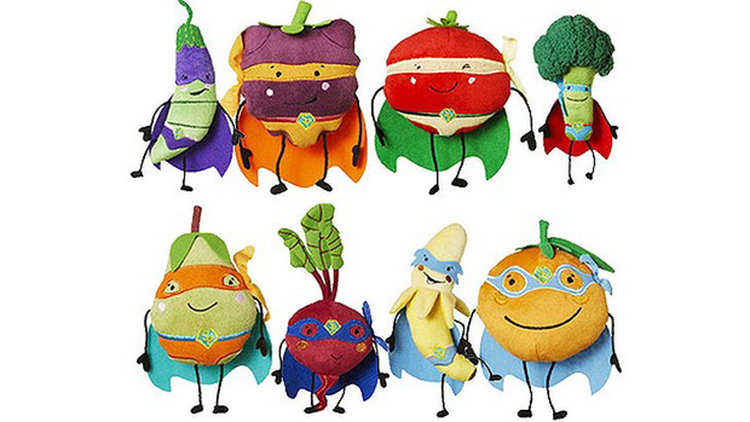
Let’s take quinoa for example. It’s a superfood known for its essential amino acids and low-GI content which stabilises blood sugar levels. It’s highly commended by nutritionists, but is not usually harvested in Malaysia due to our unsuitable tropical weather. As such, quinoa is usually imported which makes it more expensive in the market compared to more localized ingredients like rice and bihun.
A quick peek at the prices of some organic and superfood staples at our local grocer gives us a glimpse of the price disparity:-
Just imagine, if the price to purchase one avocado at your local grocer is RM15.99 before including anything else for that salad in your shopping cart, how much could the home made salad scale up to? Shocking!
But there are actually very accessible and healthy local produce
Honestly, healthy food does not have to be expensive and hard to source. Research suggests that the term ‘superfoods’ may simply be a marketing gimmick. In reality, local and not-from-an-angmoh-country produce that we see in wet markets and pasar malams are too often taken for granted and not given the credit they deserve! So before skipping past that row of local vegetables like kai lan, bayam, taugeh, etc to get to the imported produce section, perhaps we should all stop to consider and appreciate the nutrition content of our local produce.
At first glance they may not seem as glamorous to include in a perfectly curated salad for many reasons – how to make this kai lan taste nice? The recipe in my hand has no mention of bayam! Taugeh does not colour coordinate my salad! – but they will not compromise on health while being a perfectly affordable addition to our meals.
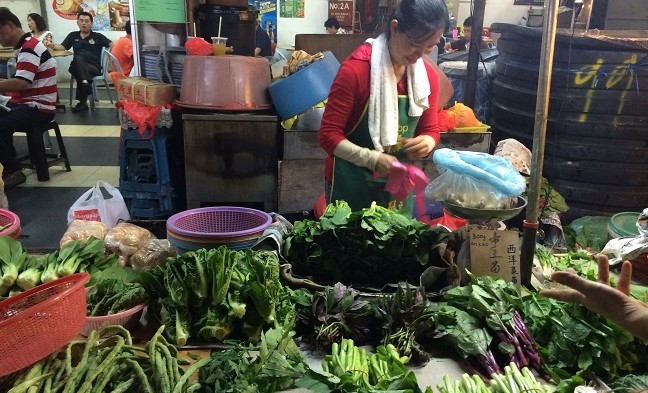
President of the Malaysian Dietitian’s Association, Prof Dr Winnie Chee recently said:
“Many of the “superfoods” we are aware of are imported and very expensive, such as avocado, berries, kale and so on. But Dr Chee says that there are some local foods that are just as healthy.
Many local fruits and vegetables are packed with vitamins, minerals and antioxidants. For example, the local guava is one of the richest sources of vitamin C and fibre.
Local spinach, or bayam, is rich in calcium, iron, zinc, vitamin A and vitamin K, and papayas are rich in carotenoids and vitamin C as well.” – Prof Dr Winnie Chee, taken from Star2
Perhaps this is something that local health food vendors can look at. In turn we fellow Malaysians can look to change our perception about the superiority of imported foods over equally nutritious home grown food.
Food aside… Being healthy is also not about being an extremist, but about balanced choices and making smart decisions. Instead of going all out and opting for a complete health turnover by becoming a vegan or completely cutting out certain foods, we can make our mission to good health a bit more sustainable by making small lifestyle changes.
Switching up your usual Sunday morning roti canai with chapatti or char kway teow with Lei Cha will not burn a deep hole in your pocket, and still allows you the freedom of still lepak-ing at your favorite food joints. And similarly choosing a clear broth soup noodle dish as opposed to curry mee will help save some calories and possibly a trip down the indigestion road later on.

And as always, exercising is just as important as what goes into your mouth, so make sure to get active even if it is just 30 minutes a day, or even by opting to use the stairs instead of the elevator. That way, you can still have some of the yummy calorie laden local food that we are so known for and then resolve to burn it off with a run or a hike during the weekend. Again, balance is key.
May the Broccoli be with us all so that we can make healthier choices on a day to day basis and not fall off the green band wagon!
- 1.1KShares
- Facebook950
- Twitter8
- LinkedIn6
- Email15
- WhatsApp75

